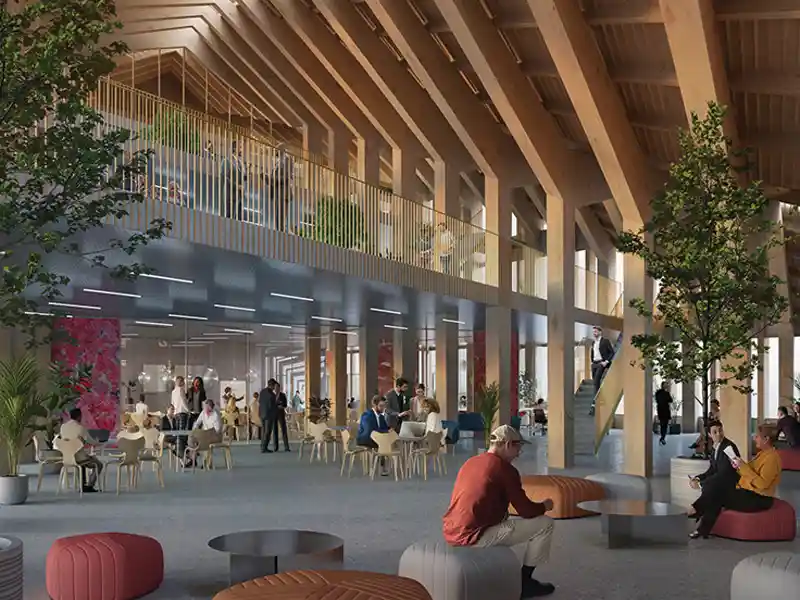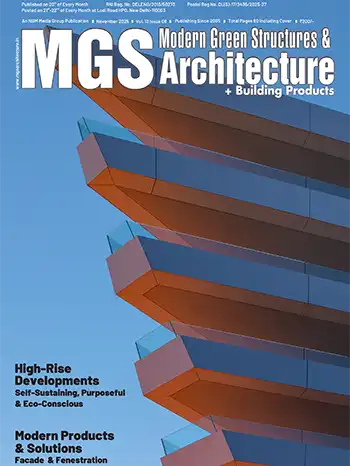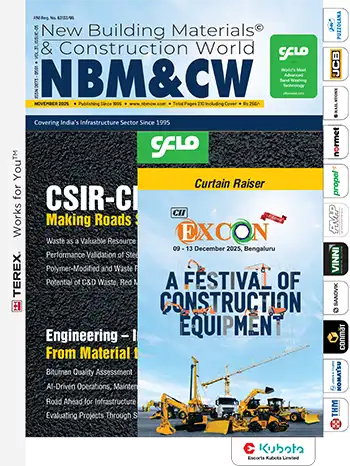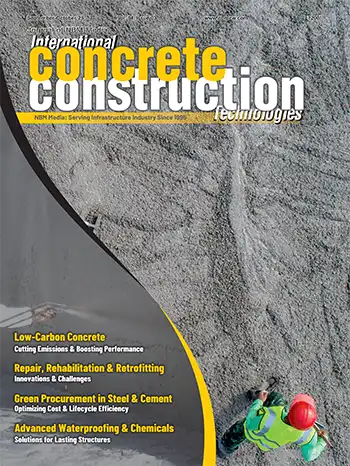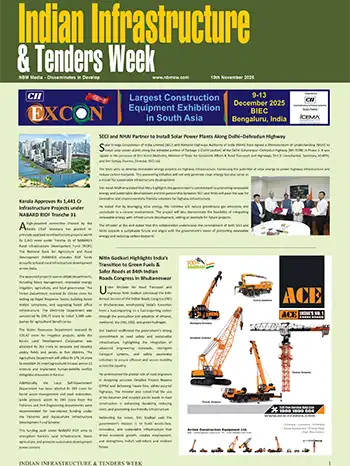By integrating LCA, EPD and material durability considerations into design decisions, architects can spearhead a future where waste-free construction is not just an aspiration but a standard.
Suraksha Acharya - Architect, Midori Architects
The construction industry is one of the largest consumers of natural resources, contributing significantly to material waste and landfill overflow. Sustainable architecture must lead the way in reducing, reusing, and recycling materials to mitigate environmental impact and enhance the lifecycle economy of resources. The key lies in integrating waste-conscious design, innovative construction techniques, and long-term adaptability into every phase of a project.

Low-carbon options like bamboo, compressed stabilized earth blocks (CSEBs), and reclaimed timber minimize reliance on high-carbon materials like concrete and steel. Salvaged components incorporating recycled structural elements, such as reinforcement bars, pipes, and metal sheets, lower demand for virgin materials and reduce landfill impact.
Architects hold the key to shaping a built environment that is not only resource-efficient but also economically and socially sustainable. Architects must prioritize a waste-free design approach, given the construction industry’s significant role in material consumption and waste generation. This requires a transition from short-term efficiency to long-term sustainability, prioritizing resource conservation through Life Cycle Analysis (LCA) & Environmental Product Declarations (EPD). By evaluating materials from extraction to disposal, architects can make informed choices that minimize landfill contributions and extend the economic lifecycle of built environments.

UPVC, while durable and low-maintenance, presents challenges in disposal due to limited recyclability; however, manufacturers adopting closed-loop production systems ensure UPVC components are repurposed rather than discarded. Architects must prioritize suppliers that adhere to sustainable manufacturing practices, ensuring materials contribute to circular economy principles rather than linear consumption.
A critical yet often overlooked aspect of waste-free design is material longevity. The prevalent “design for now” mindset, driven by capitalist motives, results in frequent replacements, excessive waste and escalating costs. Instead, architects must champion the use of high-durability materials that extend beyond 25 years, significantly reducing replacement cycles and resource depletion.
Materials like engineered timber, high-performance concrete, and weather-resistant metals not only enhance structural resilience but also minimize the environmental impact of continuous refurbishments.
Long-term thinking in architecture demands a paradigm shift—one that values endurance over trends, function over aesthetics and sustainability over short-lived profits. Buildings should be designed as living systems that evolve without premature obsolescence, ensuring they remain adaptable, repairable, and relevant for decades. This approach aligns with the principles of circular design, where every material has a regenerative purpose, waste is eliminated, and architecture contributes to a sustainable built environment.

Use of locally sourced biodegradable elements like thatch, timber, etc curtail carbon emissions associated with transportation. A low-tech vertical transport system which is a manual lever-and-pulley system, replaces energy-intensive elevators. Double-height enclosures serve as both congregation areas and vantage points for fishermen to detect rough sea conditions. Timber-lattice membranes provide protection against potential tsunamis, while enhancing shading and ventilation. A ground-level seafood market integrates commercial activity with sustainable living solutions. Multi-use communal spaces strengthen community ties and cultural identity.
By merging waste-free construction strategies with socially responsive urban design, the Shanty-Scraper sets a precedent for sustainable, resource-efficient housing, demonstrating how architecture can uplift communities while reducing environmental impact.



